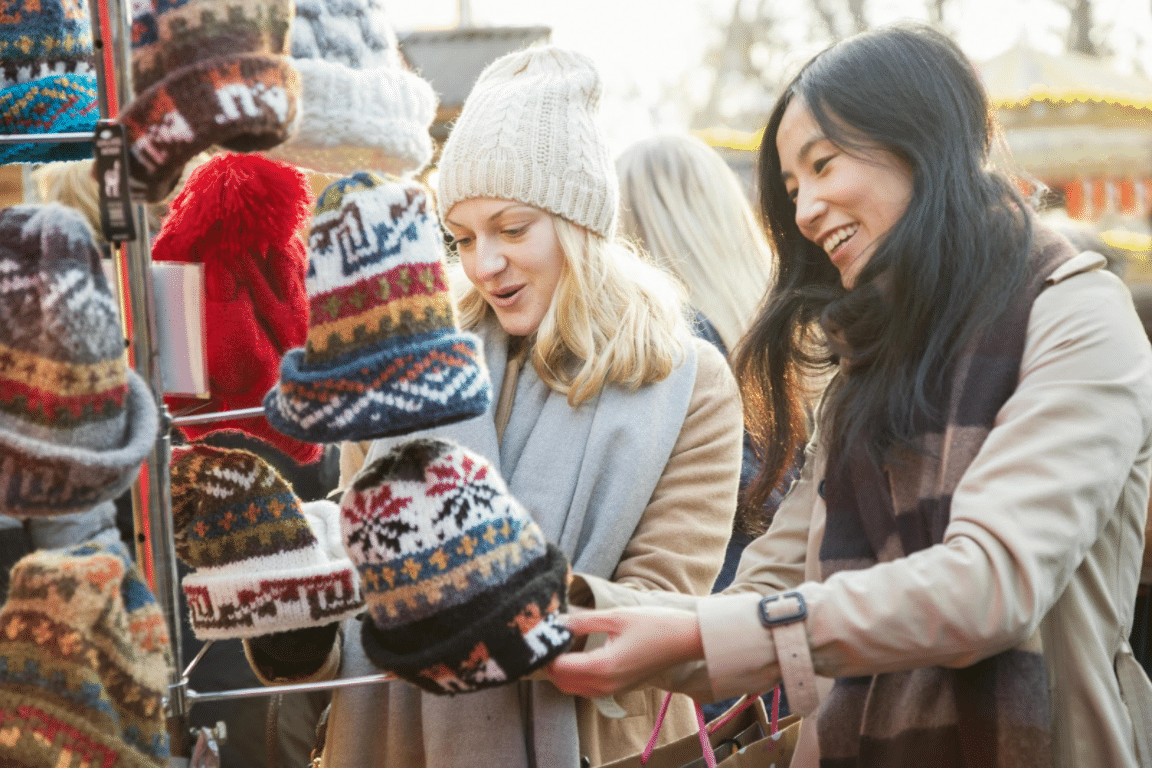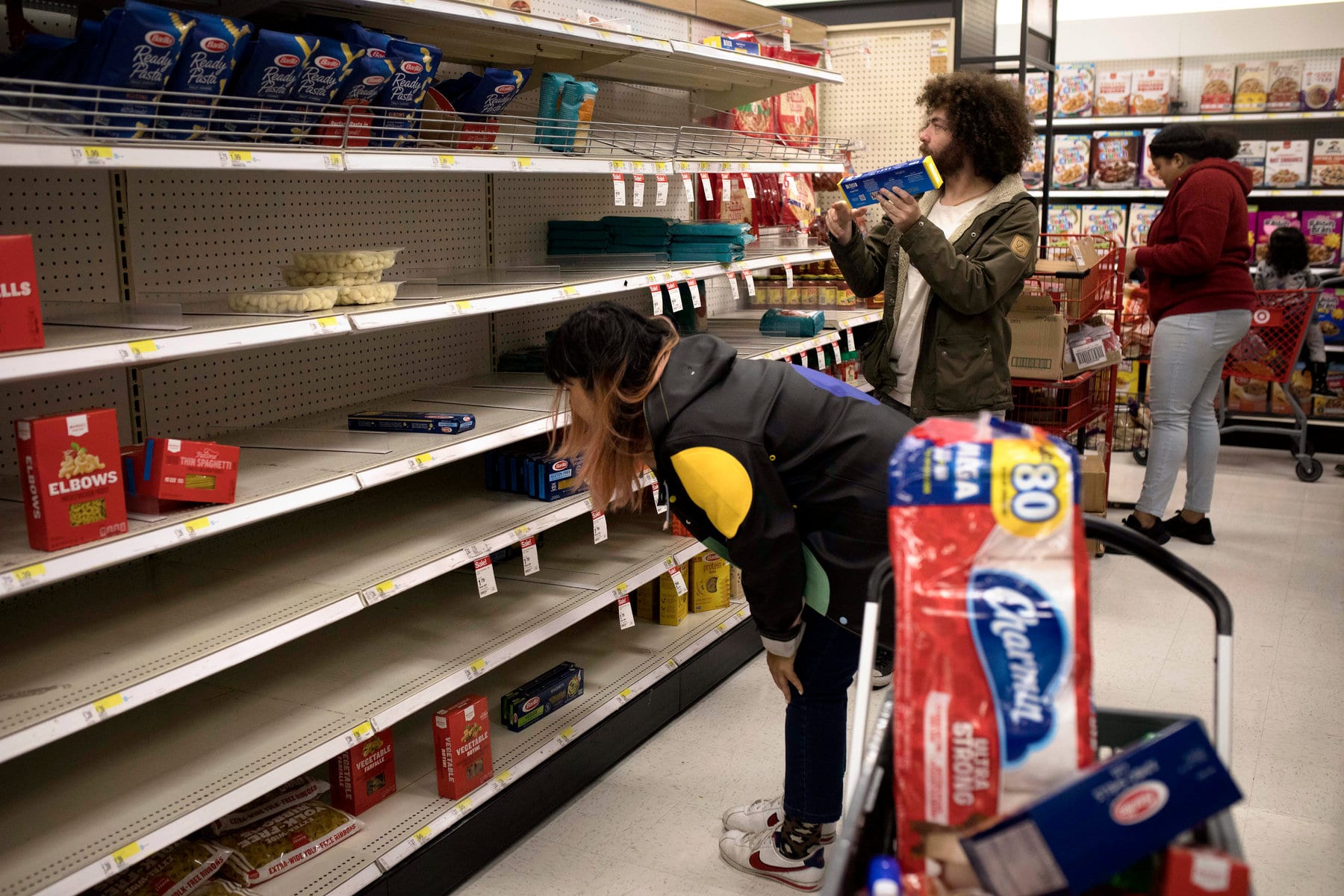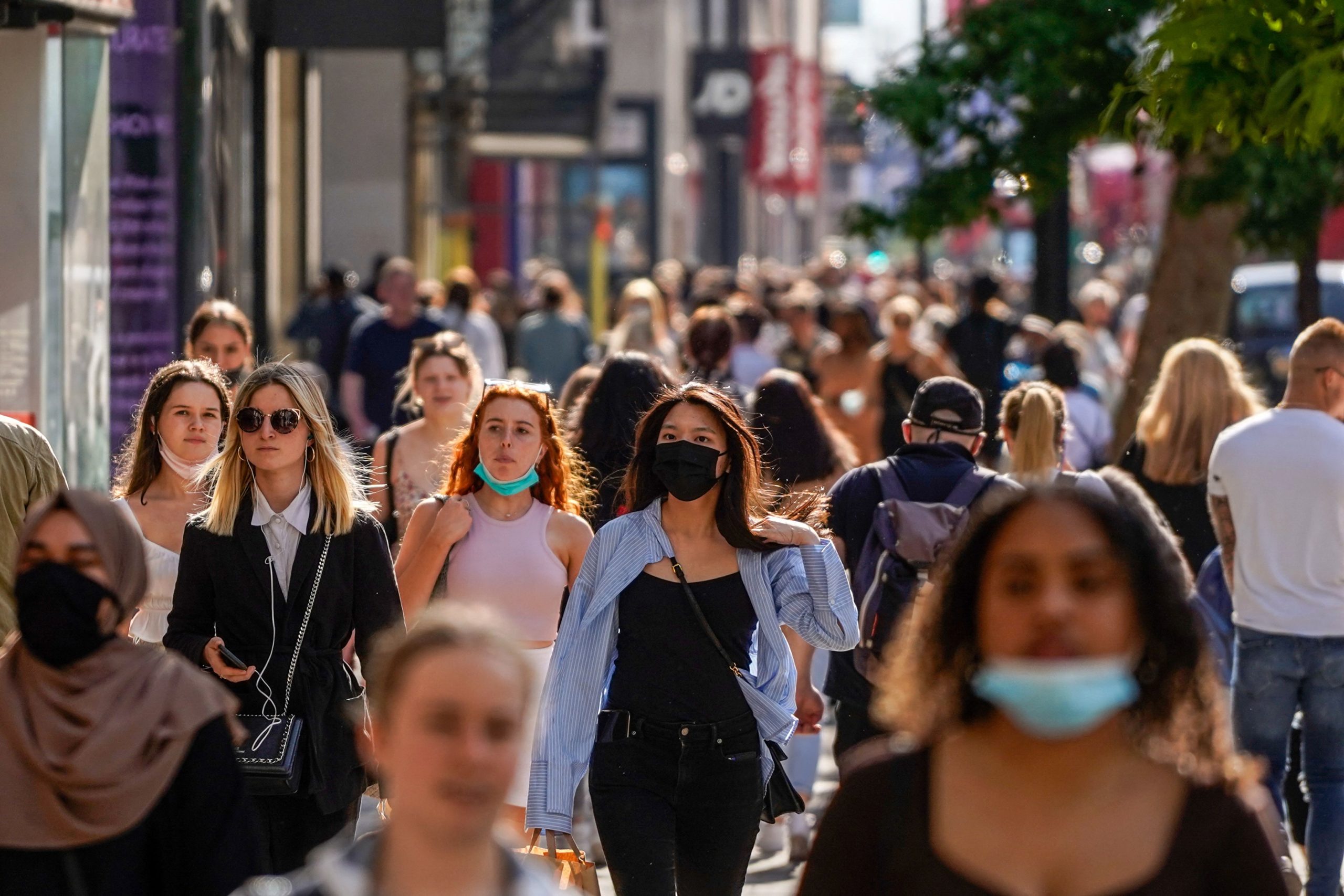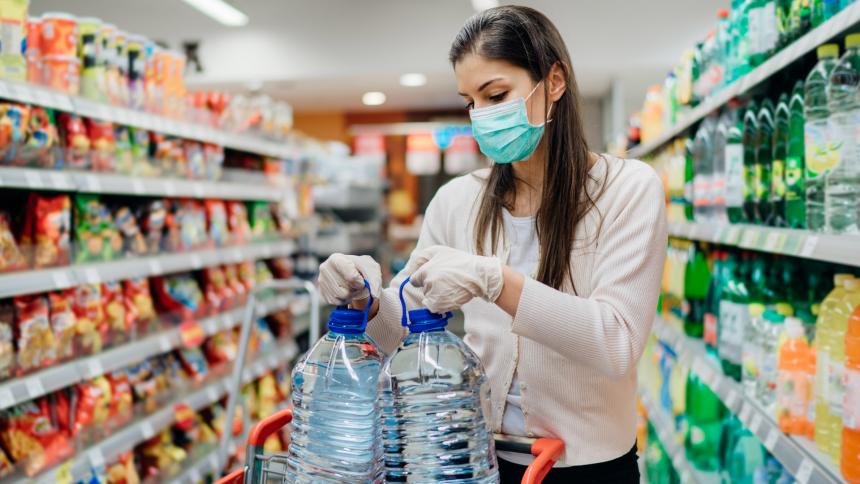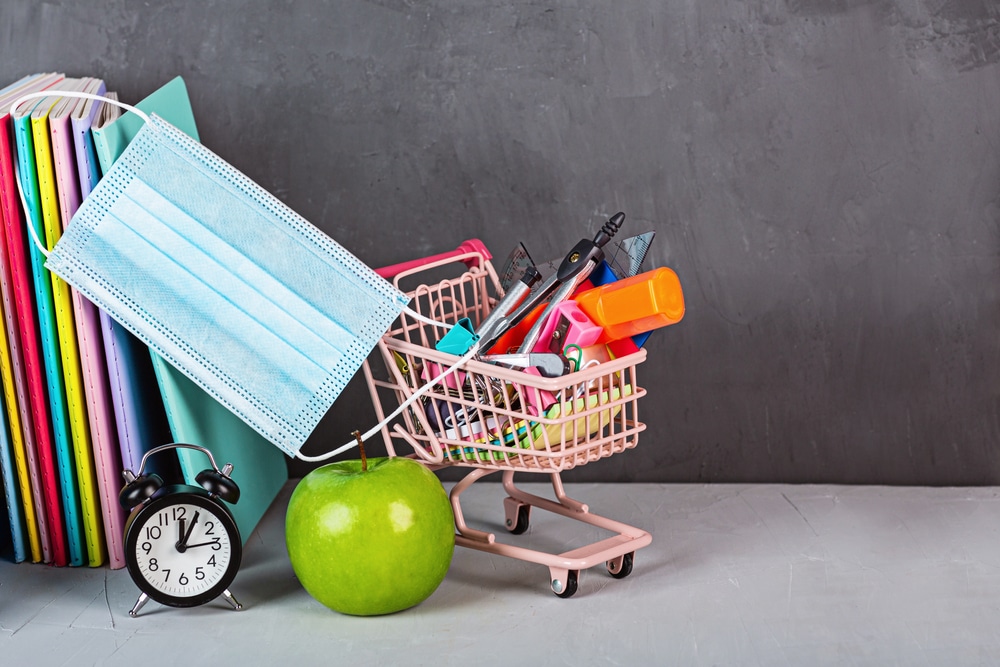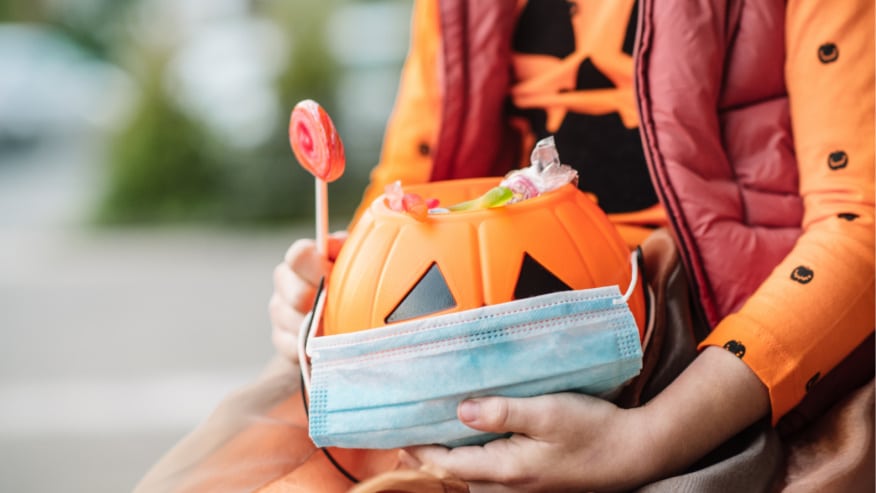Dive Brief:
- Consumers are eager to spend and save money through deals, according to ICSC. In its Annual Holiday Shopping Intentions survey, the firm predicts that holiday sales between November and December will increase by 8.9% to $923 billion compared to last year. Per the survey of 1,005 people, 78% of respondents said they plan to spend the same or more money this year than last year, and 75% said they plan to shop earlier this year.
- As for reasons why they’re shopping earlier, 45% said they want to make sure their desired items are available, followed by those who wanted to access early holiday deals (42%) and get their purchases on time (42%), according to the survey. Holiday shoppers are planning to spend an average of $637 on gifts and other holiday-related items.
- Most respondents (85%) said they would shop in brick-and-mortar stores this year, but the report predicts that omnichannel options will drive a 13% increase in e-commerce sales. More than a third (37%) respondents said they want to see products in-store, followed by 34% of people who said they want to grab their goods immediately and 30% seek inspiration for gifts, per the survey.
Dive Insights:
Though reports predict that consumers plan to spend more during the 2021 holiday season than last year, they’re still interested in finding deals. According to the ICSC survey, 80% of shoppers said deals factor into their holiday purchases, and more than a third (38%) of respondents will plan their shopping trips around specific promotional events.
Other research noted similar findings indicating that shoppers want to stretch their money while spending more this year. Another recent survey from JLL showed that 34.4% of shoppers said saving is their primary goal. Plus, data from Klarna and Deloitte also predict an uptick in consumer spending this year.
In preparation for a rise in sales, retailers like Amazon and Target have launched holiday deals early.
“Strong retail spending has driven a significant economic recovery this year despite the ongoing COVID-19 pandemic, and consumers continue to return to pre-pandemic behaviors in the face of uncertainty,” Tom McGee, president and CEO of ICSC, said in a statement. “Consumers have remained resilient throughout 2021, which I am confident will continue during and after the holiday shopping season.”
This article was written by Tatiana Walk-Morris from Retail Dive and was legally licensed through the Industry Dive publisher network. Please direct all licensing questions to [email protected].

